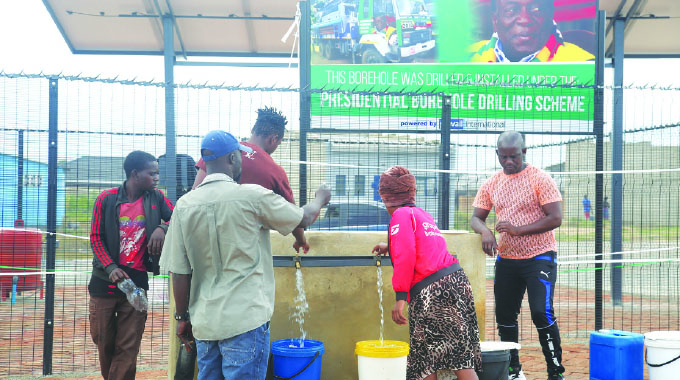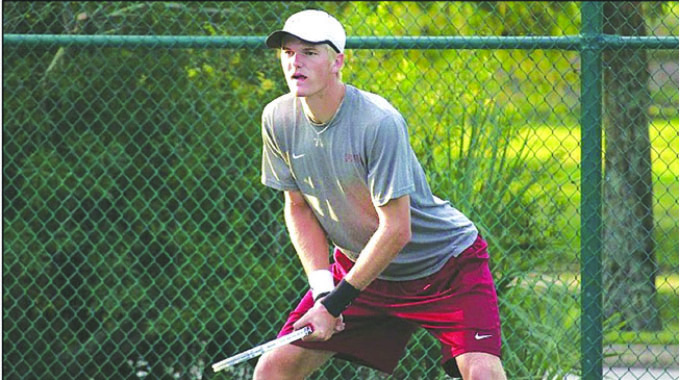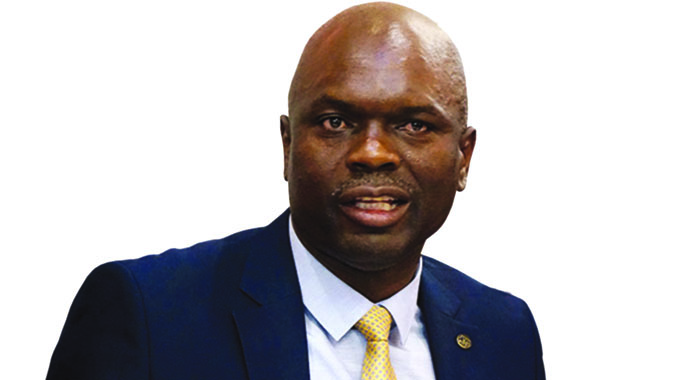Chitungwiza: Case of how the opposition has failed residents

Nobleman Runyanga Correspondent
After years of sojourning elsewhere, last week I drove to my home town of Chitungwiza.
The place looked unpleasantly different. There are more buildings and all manner of structures all over the town than before.
I noted less and less of the breathing spaces that were part of the satellite town as we grew up.
Growing up in Seke suburb’s Unit J, we knew that houses were numbered from 5xxx along Hadzinanhanga Road to 7xxx at the western end of the suburb along Hondo Road.
This time around, most of the open spaces which we used for social soccer as boys were all gone and used as infill residential stands created by the MDC councillors. The infill houses carry strange numbers like 3xxxx. Very uncharacteristic of the prestigious and quiet Unit J that we were part of growing up.
Poor housing and infrastructure management
This scenario is evidence of the dismal failure on the part of the successive MDC-dominated councils to ensure that Chitungwiza Municipality does the right thing in running the town.
When the town started in the 1950s for the Seke area and the 1960s for the St Mary’s and Zengeza areas, it had very limited land.
It was expected that it would run out of land for expansion sooner or later, but instead of being proactive and approaching the Ministry of Local Government and Public Works, for more land on time, the MDC councillors opted to create residential stands from breathing spaces, road reserves, water courses and electricity power corridors.
This resulted in the crowding of the town and its present unsightly appearance. The councillors, some municipal executives and workers were all complicit in the matter as they allegedly benefited financially from the land shenanigans that also involved some land barons.
This created some of the perennial problems besetting Chitungwiza today. These include the annual flooding of some Manyame Park houses because the suburb was built too close to the Manyame River.
This is worsened by the poor planning of the suburb. Growing up, the water course between Hadzinanhanga Road and the Chitungwiza Hospital in Zengeza 4 was undeveloped because it is prone to flooding.
Sad is all that the corrupt MDC Chitungwiza councillors and municipal workers saw in the piece of land was money. Today, the area is now full of houses and shops whose owners live in fear of flooding each rain season.
My grandparents were among some of the people who were allocated a new three-roomed core house along Unit J’s Maponga Road in 1979.
The development of the suburb had been completed by Sisk Contract Builders the previous year.
I had the privilege of playing on the suburb’s new roads such as Jamela and Madziyire when private cars were still very far and between.
Due to the successive MDC-dominated councils’ poor stewardship and the complicit Chitungwiza Municipality workers, what remains of the roads is largely strips of worn out tarmac and miniature gulleys. They have failed to maintain the roads let alone build new ones despite collecting revenue from the residents.
The opposition councils have failed to build new housing units for the residents over the past 22 years.
The most recent housing and other infrastructure construction in the town was during the late 1990s when Government built the Aquatic Complex, the Zengeza Post Office, New Zengeza 4 houses and Government flats in Unit B among others.
Decades-old assets
As I drove on Chitungwiza’s roads, I was taken aback when I encountered an old ramshackle orange Chitungwiza Municipality refuse truck on its way to the town’s dumpsite. To me, this is a classic example of the mismanagement of Zimbabwe’s cities and towns by the MDC.
The truck is part of the refuse trucks and service vehicles, which the Government of Zimbabwe received from the Japanese government in 1997 through the Japanese International Co-operation Agency (JICA).
Prior to this, the local authority, despite having evolved from a town council in 1978, to an urban council in 1986, then a municipality in 1996, used tractors and trailers for refuse removal like small towns.
The truck readily reminded me that the local authority only managed to buy two new refuse trucks and ambulances in January this year – not because of prudent planning and management – but because Government had allocated the municipality $60,8 million in devolution funds.
The Government intervened after seeing that innocent residents were suffering at the hands of inept and clueless opposition councillors and complicit municipal workers.
The municipality only managed to secure refuse trucks both in 1997 and 2022 because of Government intervention. On its own, it failed to acquire such basic, but important assets because of its grossly poor management coupled with a chequered corporate governance record.
The opposition readily defends its poor quality councillors citing the prevailing economic challenges, but the world knows that these only started after the same opposition clamoured for sanctions against Zimbabwe.
Obsession with power at expense of the people
Before driving to Chitungwiza, I did a Google search for any images that could be indicative of any new meaningful developments in terms of the growth of the town.
There were none except, of course, for those of the familiar landmarks like the Old Mutual-owned Chitungwiza Shopping Centre, which is popularly known as the Town Centre.
Among other similar known images was the one depicting the signage at the entrance to the Chitungwiza Municipality offices in Zengeza 2.
The sign was erected many decades back. It comprised a white background, the town’s coat-of-arms and a bit of the town’s orange corporate colour.
There was another image depicting another version of the same sign. This one was dominated by the red colour. It was done during the Government of National Unity when the MDC-T was part of central Government.
The sign showed the opposition’s obsession with power at the expense of the people’s welfare. The red sign was meant to territory-mark and emphasise to all and sundry that the opposition party was in charge of the satellite town.
The opposition councillors majored in the minor by stressing its dominance of the council, while the municipality did not have enough refuse trucks to keep the town clean. As if the entrance sign colour change was not enough, the opposition has decidedly chosen to shovel all the blame for the challenges facing the town to Government, while it concentrates on more minor issues like the town’s coat-of-arms.
One of the elements of the town’s emblem is the depiction of the nearby Manyame River subtended by the picture of the Manyame River Bridge on Seke Road.
As part of their bid to “change” things at Chitungwiza Municipality the opposition replaced the wavy lines of blue on the emblem with green ones just for the sake of changing.
The river is still in place and blue is still the conventional colour representing water. Therefore, there was no need to replace the colour with green unless they do not understand the meaning of the various elements of the town’s symbol.
Enter the New Dispensation
While the opposition-dominated local authority in Chitungwiza has succeeded in proving to the world that it is failing to take charge of the town, President Mnangagwa has been worried about the welfare of the people of that town.
A childhood friend that I met at one of the supermarkets at Town Centre explained to me that the road works that I saw on both sides of the Seke Road were part of the ongoing Emergency Road Rehabilitation Programme (ERRP), which had seen many roads being repaired.
He also explained that under the programme, some of Chitungwiza’s roads like Industrial Drive had already been rehabilitated and more were lined up for repairs.
When I left Chitungwiza nearly two decades ago, there was still a semblance of a normal town.
Refuse was still being removed and water was still coming out of taps. The municipality’s engineering department still responded to calls for issues like burst sewer pipes in a timely manner.
Today, Chitungwiza residents get water out of their taps once a week if they are lucky. Most residents depend on unprotected wells, communal boreholes or water vendors.
Chitungwiza requires a separate and own water body and water works in order to meet the needs of its growing number of residents. Former town secretary, Dr George Makunde is one municipal executive who was committed to finding a permanent solution to the town’s perennial water woes.
He was pushing for the construction of the Muda Dam project and was in talks with the Infrastructure Development Bank of Zimbabwe (IDBZ) for the funding of the project.
Ever short-sighted and working against the interests of the residents, opposition councillors pushed for his ouster with the help of the then Minister of Local Government and G40 kingpin, Saviour Kasukuwere.
The councillors could not imagine or countenance a successful Muda Dam project driven by Dr Makunde. They could not imagine credit for a major successful project in the town being given to someone else.
Their greed for power and limelight caused the stalling of a major project, which could provide a lasting solution to one of the residents’ main challenges, water.
Notwithstanding the opposition’s shenanigans, President Mnangagwa recently rolled out a borehole programme to rescue the town’s people pending the implementation of permanent solutions such as pursuing the Muda Dam project.
The opposition councillors and other Citizens Coalition for Change (CCC) officials are a shameless lot.
An image of them celebrating their St Mary’s by-election victory at the water facility that was commissioned and handed over to the community by the President in the constituency on March 23 2022, went viral.
They were not ashamed that the President had to come down to the ground to do what they were supposed to do for Chitungwiza’s long suffering residents.
The quest for new urban local authority dispensation
The experience of Chitungwiza residents typifies what the millions of residents of Zimbabwe’s cities and towns under the opposition are going through at the hands of opposition-dominated local authorities.
It exemplifies how the opposition has superintended over the deterioration of service delivery and infrastructure in the country’s urban spaces over the past two decades.
It is gratifying to note that some urban residents obeyed the President’s call for the urban electorate to use the just-held by-election to replace opposition councillors and legislators from their areas with Zanu PF ones.
The President and the Party should continue working hard for the people so that many can see the light, ditch opposition representatives during next year’s elections and usher in a refreshingly different urban local authority dispensation.
As I drove back out of the town along Seke Road after my visit, I was convinced that given the work that President Mnangagwa and Government are doing, a beautiful, modern and efficient Chitungwiza is possible.









Comments